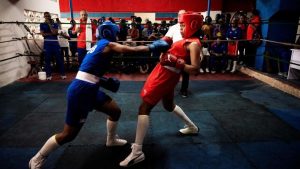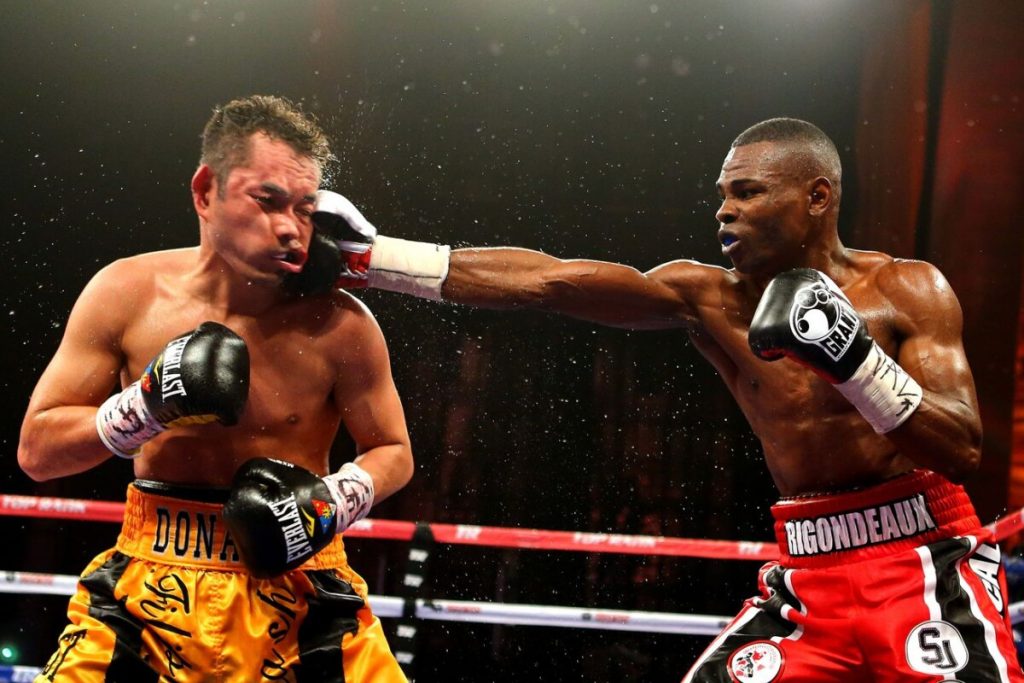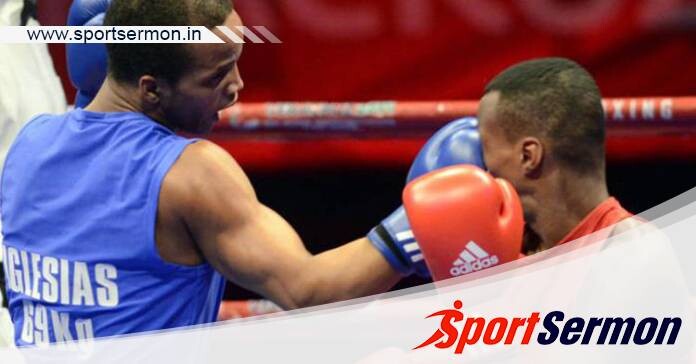Cuban Boxing Style: Even though Cuba is a small island nation with only 11 million people, its citizens have left a lasting impression on boxing. Due to their consistent dominance of competitions such as the Olympics, Cuban boxers are recognised worldwide as the kings of amateur boxing.
Cuban fighters have also found success in the professional ring; many have taken up what is now called the “Cuban Boxing Style” of fighting.
The Background Of The Cuban Boxing Style

The degree of success Cuban boxers have had is mostly influenced by politics. Cuba had numerous world champion boxers before the revolution; the nation’s first boxing club was founded in 1910. The future boxers to come out of Cuba were made possible by champions like Jose Napoles and Gerado Gonzales.
It should be mentioned that the early Cuban champions did not fight in the manner that is currently known around the globe. More aggressive techniques were employed by several of the early Cuban fighters than by their successors.
The late Fidel Castro, the head of the revolutionary government, outlawed professional boxing and several other sports due to corruption, which presented one of the largest obstacles for Cuban boxing. Castro desired sports to be about defending their country, not about making money.
The Soviet Union dispatched skilled trainer Andrei Chervonenko to assist Cuba in nationalising its sports sector.
The government finally turned sports into a national priority, and substantial efforts were made to cultivate young athletes through the establishment of competitive boxing programmes in schools. As a result, the government was able to recognise youthful potential early on and help them become champions.
A unified training method for sports like boxing was implemented nationwide in Cuba as a result of a national programme implemented by the revolutionary government. The Cuban boxing system established a step-by-step training approach that covers all the boxing principles in a precise order, in contrast to other countries where each instructor is free to create their own unique training methods. A few years after this standardised system was put into place, its effects became clear. After winning its first Olympic gold in 1968, Cuba went on to win several more.
At the Olympic Games, Cuban boxers have taken home 73 medals in total, 37 of which are gold. This achievement is all the more remarkable considering Cuba’s political boycott of the Olympics in 1984 and 1988. Without a doubt, Cuba has benefited greatly from its standardised boxing training regimens.
You might also be interested in reading this: How BJJ Ankle Picks Are Used?
Comprehending Cuban Boxing Styles

Rather than emphasising force, the Cuban boxing style emphasises mobility, accuracy, and strategies. It is an elegant boxing technique that places a high value on sound boxing principles. That does not imply that fighters from Cuba fight in the same manner.
Like all boxers, Cubans use their own unique styles in their boxing, although their technical skills are usually far superior to those of fighters from other nations. Even at the championship level, it is not uncommon to encounter elite boxers from other nations to exhibit obvious deficiencies in their fundamental skills. One prime illustration of this reality is Deonte Wilder. If Wilder trained in a more structured Cuban manner, he would be a more well-rounded fighter.
The Cuban boxing system’s demanding curriculum places a strong focus on all the fundamentals, such as defence, agility, and proper punching technique. Cuban fighters must hone these skills before they can choose a boxing method that fits their body and mindset.
The following are some more ideas that contribute to the Cuban boxing style:
- Boxing requires a lot of footwork.
- It is better to focus on defence than offence.
- A boxer’s jab should be forceful and pawing.
- Always aim to sidestep blows after striking a rival
The following sections will examine these points in more detail:
Footwork
It is more difficult to open up opponents for attacks when boxing regulations restrict competitors to utilising only their fists as weapons. Compared to other martial arts that rely primarily on hitting, boxing places greater emphasis on footwork. The Cuban boxing method places a strong emphasis on angles, footwork, and movement, which helps boxers trained in the technique identify gaps in their opponent’s strikes.
It is uncommon to come across a Cuban fighter who has trouble with footwork. Cuban footwork is characterised by circular motion, the pendulum stride, and punching while moving. Cuban boxers practise their footwork techniques nonstop until they get ingrained in their muscle memory. Get some cones, watch some videos on Cuban footwork, and practice nonstop if you want to get better at your footwork as a boxer.
Defence First
The sweet science of boxing is striking and avoiding strikes, according to the most respected trainers in the business. Cuban boxers prioritise defence above assault, despite the fact that knockouts are prized in today’s professional bouts.
Cuban boxers are known for their high defences, evasive skills, and active footwork, which make them difficult to hit. Throughout his career, Floyd Mayweather employed a lot of the defensive principles that the Cuban boxing technique imparts, making it very tough for opponents to score clean strikes on him. He blended those ideas with the Philadelphia shell to produce a very potent defensive fighting technique.
Cuban fighters also avoid looping blows since they might expose you to counterattacks. The most reliable approach for Cuban boxers is the standard jab-cross combo since it’s the most secure. Usually, they save all of their blows when their opponent is weak, exhausted, or injured. Naturally, this results in a less interesting boxing style that some casual fans may find uninteresting.
Counter Attack
In Cuban boxing, counterattacks are prioritised above direct offensives. Boxers that train in this manner acquire the skill of positioning their feet to launch a counterattack.
Pawing Jab
Boxers trained in the Cuban method learn how to block their opponent’s view and gauge distance with their jabs. Instead of throwing a straight jab, you throw a pawing jab by extending your lead arm. A pawing jab won’t harm your opponent, but it might distract their lead arm and let you position your feet more advantageously. To keep your opponents guessing, mix in some power jabs with your pawing jabs.

